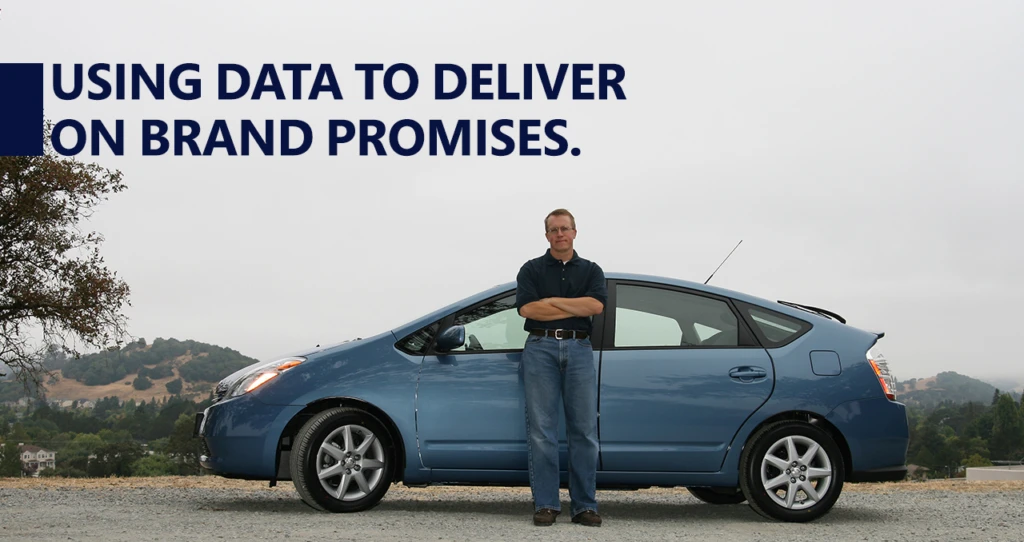
Stop Lying to Customers: Using Data to Deliver Better Experiences
Your brand is more than a set of products or services; it’s a specific promise to your customers. If you sell medical equipment, you’re not just selling, say, an MRI machine. You’re selling the promise of medical diagnoses, of hope, and of healing.
Experiences and outcomes, according to Ray Wang of Constellation Research, are the new battlegrounds for customers among digital businesses. And those experiences begin with your brand’s promise.
“Digital accelerates transformation,” Wang says in a recent webinar titled Disrupting Digital Business: The Customer Experience Initiative. According to Wang, Siemens, which manufactures MRI machines, among other pieces of medical equipment, “aren’t just selling medical imaging equipment. They’re selling peace of mind.” That, Wang says, is their brand promise.
The important point, Wang emphasizes, is that companies are no longer competing against other companies. “They’re competing for time and attention.”
How? Through the brand experience, from the promise to the outcome.
And if you aren’t delivering on your brand promise in that outcome, they’ll find a company that will deliver and make it worth their time and attention.
The key, Wang indicates, is investing in the kind of data and systems that allow you to understand your customers—so that your outcomes always match your promises.
The digital chasm is massive between market leaders, fast followers—and everyone else.
“The past five years have shown the difference between companies that have invested in digital transformations and those who haven’t,” Wang says. “The digital chasm is massive between market leaders, fast followers—and everyone else.” And if your company doesn’t start collecting and using data to refine its brand experiences and outcomes, then you run the risk of becoming another victim of what Wang refers to as “digital Darwinism.”
Wang cites Uber, a company that massively disrupted personal transportation by using data to deliver a better experience not just for passengers, but its drivers too.
The outcome of a ride in an Uber car (or the experience of driving one) matches the brand promise. You’re picked up where you expect to be, you can quickly rate the driver and the car, and the payment is taken care of for you. Uber uses customer data to weed out bad drivers, and uses driver ratings to weed out deadbeat or rude customers—so the brand experience and outcome always improves.
Your company doesn’t need to be a major disruptor like Uber to deliver on its brand promises. Giving your customers what they expect is as simple as understanding the fundamentals of the customer experience—then using data to constantly improve it.
To learn more about how your company can better deliver on brand promises with data, watch the entire webinar by Ray Wang. You can also take a free test drive of Microsoft Dynamics CRM to see how you can analyze your effort’s success.
Watch Ray’s webinar now
Click Here


